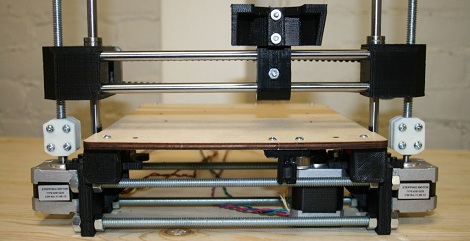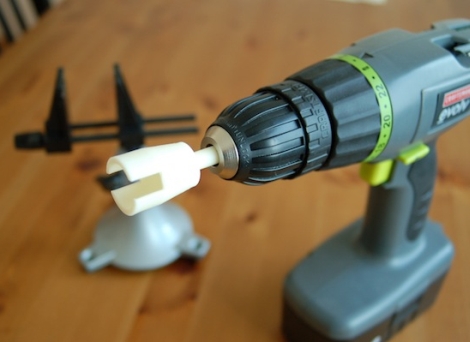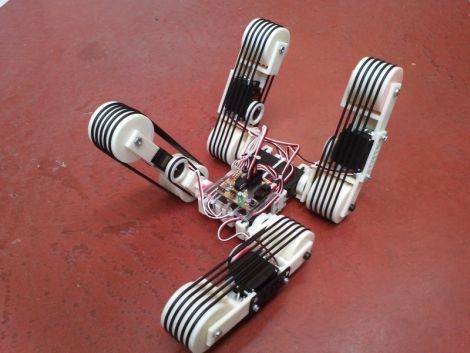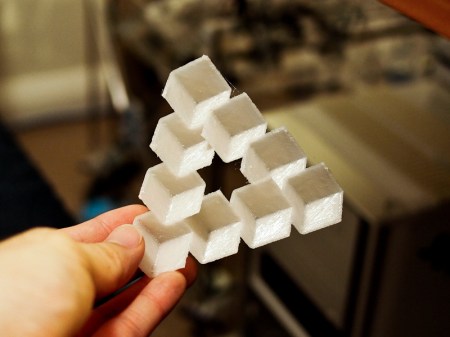
After a few months of eager waiting, [Brook Drumm] has finally released the files for his paradigm-shifting 3D printer, the Printrbot. If you didn’t order one of these during the Kickstarter, you can now print your own set of parts.
[Brook] gave his Printrbot to the world last November with the promise of being extremely cheap, extremely easy to build, and having a relatively high print quality. The simplicity of the Printrbot was amazing, which probably led to the Printrbot getting $830k worth of funding on the initial Kickstarter. Although the files for the 3D printed parts are out in the wild now, there still aren’t any instructions on how to build it apart from a Flickr slideshow.
[Brook] promised to release the files for the Printrbot much earlier, but we’re guessing he’s been busy printing and assembling the 1200 Printrbots that were claimed in his Kickstarter. While we’re on the subject of cheap 3D printers, [Richard Sum], the English gent behind the SUMPOD sent in a link of one of his $600 printers milling MDF and extruding for seven hours straight. We’re on the cusp of Star Trek-style replicators here, people.

















